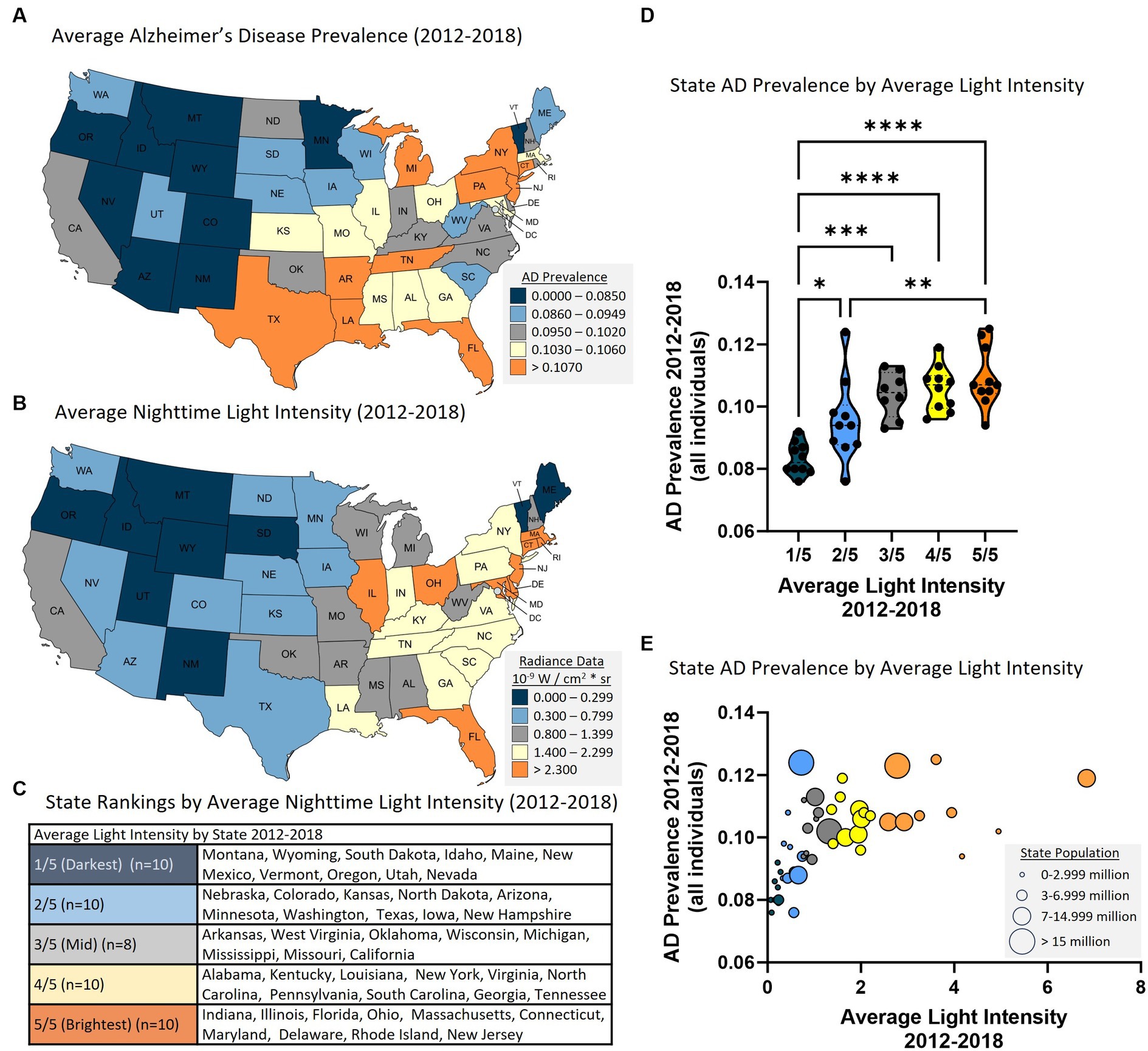Light pollution has a lot to answer for: wrecking our ability to study the night sky and confusing baby puffins, to name just two things. But could all this nighttime light also be harming our health? New research suggests that excessive light pollution could be a risk factor for the development of Alzheimer’s disease, particularly in under-65s.
“Light is the strongest factor that influences our circadian rhythms and exposure to light at night can disrupt circadian rhythms,” first author Dr Robin M. Voigt from Rush University Medical Center told IFLScience. “Circadian rhythms regulate much of biology and behavior and when they are disrupted it can have detrimental consequences.”
“Others have shown that light pollution disrupts sleep, causes metabolic dysfunction (e.g., obesity), and increases risk of cancer, but our study is the first to link to Alzheimer’s disease and to the best of my knowledge I am the first one to hypothesize that is due to disruption of circadian rhythms.”
For more than 10 years I have been preaching how circadian disruption is bad.
Dr Robin M. Voigt
To investigate, Voigt and the team collected Medicare federal health insurance data from 2012-2018 to track the prevalence of Alzheimer’s disease across the USA, as well as health data from the Centers for Disease Control and Prevention (CDC). They cross-referenced this with satellite nighttime light exposure data provided by NASA. Excluding Alaska and Hawaii, state-wide and county-level analyses were performed to assess the relationship between Alzheimer’s incidence and light levels.

Higher state average nighttime light intensity is associated with higher state Alzheimer’s disease prevalence (2012-2018 average).
“The state level data are interesting and super relatable but I think the county data are perhaps even more compelling,” Voigt told IFLScience. “Within a given state there are brighter areas and darker areas and the state data calculates an average light intensity value which does not accurately represent light exposure of every individual. County data are much more discrete and the fact that these data replicate the state data beautifully lends confidence in the results.”
I was pleased as punch when I saw the outcomes of the analysis and not really surprised.
Dr Robin M. Voigt
The picture that emerged showed that for people aged 65 and older, Alzheimer’s disease was more closely correlated with nighttime light exposure than some other notable risk factors, such as alcohol abuse, although several other risk factors – like stroke and high blood pressure – showed stronger associations. Most people diagnosed with Alzheimer’s disease fall into this age range.
For those under 65 – what would be considered young-onset dementia – exposure to high levels of light pollution had the strongest correlation with disease of any risk factor included in the study.
“I was pleased as punch when I saw the outcomes of the analysis and not really surprised,” Voigt told us. “For more than 10 years I have been preaching how circadian disruption is bad. However, the findings in the under 65 group were particularly striking.”
As to how circadian rhythm disruption might lead to Alzheimer’s, the paper puts forward a few hypotheses, but Voigt stressed to IFLScience that the “risk of Alzheimer’s disease is multifactorial and light pollution may be one factor that could be important.”
“There are limitations associated with this study and we must do additional research to determine if this phenomenon holds when we examine individual level data,” Voigt added.
In the meantime, if you’re concerned or feel that outdoor light exposure is affecting your sleep or wellbeing, there are some simple steps you can take.
“To mitigate light from outside the home, remove any unnecessary lights outside the home (or swap the type of lightbulb for a warmer variety), install black out curtains in the bedroom and/or wear eye shades (this one is especially good if a person shares a bed with someone who watches TV or uses light emitting devices,” Voigt told IFLScience.
“Your brain might thank you later!”
The study is published in the journal Frontiers in Neuroscience.
Source Link: Excessive Light Pollution In US Communities Linked To Alzheimer’s Disease In Under-65s